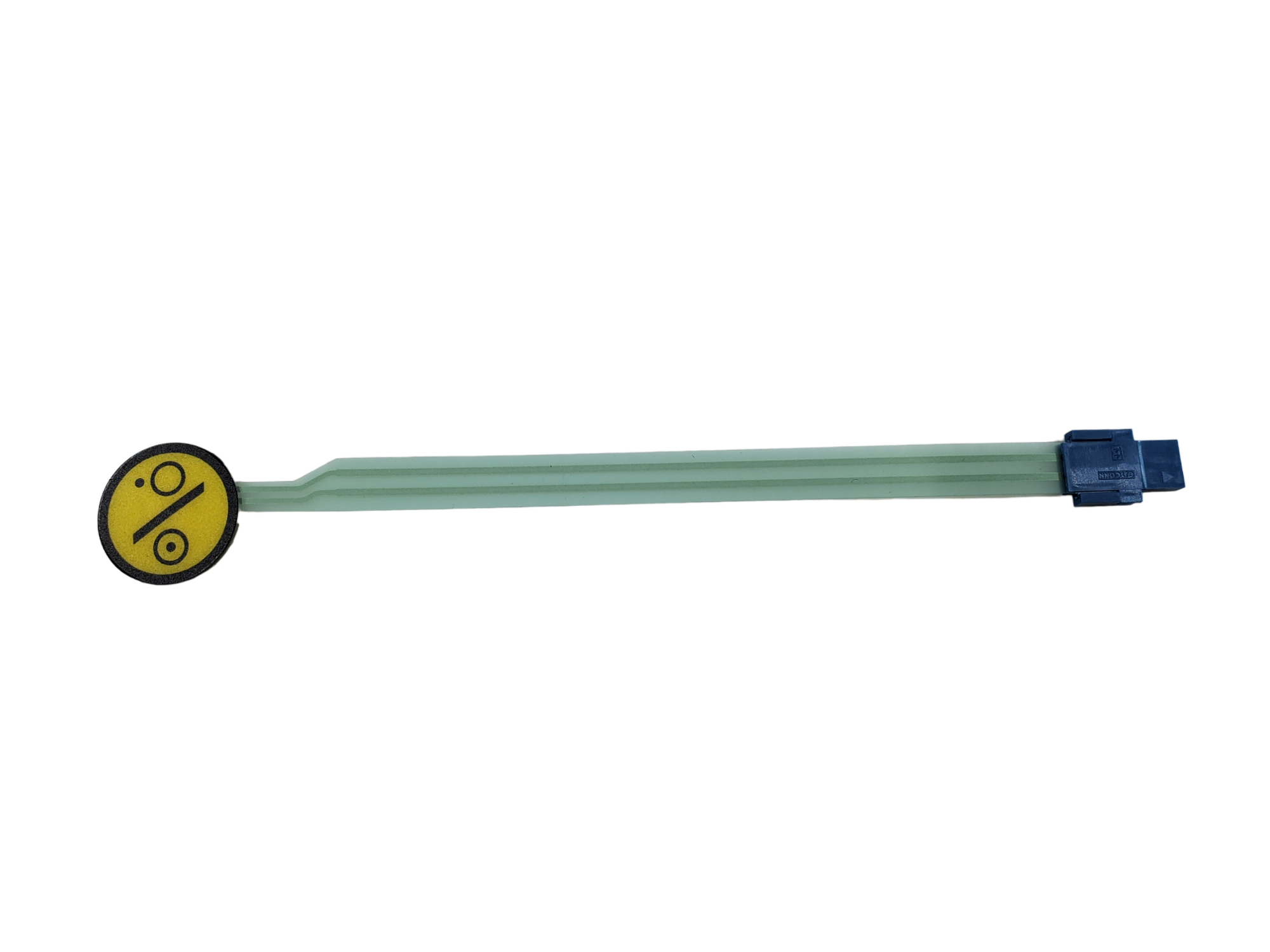How Membrane Switches Are Shaping the Future of Electronic Interfaces
How Membrane Switches Are Shaping the Future of Electronic Interfaces
Blog Article
Comprehending Membrane Changes: The Trick to Trusted and resilient Controls

What Are Membrane Buttons?
Membrane layer switches are a sophisticated solution in the world of interface modern technology, combining functionality and style seamlessly. These tools function as an interface between customers and electronic systems, incorporating numerous parts into a portable layout. Commonly created from flexible, thin layers of products, membrane switches are developed to respond to touch, making it possible for individuals to interact with equipment and electronic gadgets successfully.
The key aspects of a membrane layer switch include a printed circuit layer, visuals overlay, and a spacer layer that protects against unintentional activation. The visuals overlay can be customized to show brand identity or user choices, improving visual appeals while making sure usability. Membrane switches are commonly made use of in numerous applications, including medical devices, consumer electronic devices, and industrial devices, owing to their longevity and resistance to ecological variables such as moisture and dust.
One of the vital benefits of membrane switches is their ability to withstand deterioration, making them suitable for high-traffic settings. Furthermore, they are lightweight and require marginal area, permitting ingenious layouts in item advancement. Generally, membrane layer switches stand for a functional and reliable option for modern digital user interfaces, weding modern technology with user-centric design principles.
Exactly How Membrane Switches Job
The procedure of membrane layer switches joints on a simple yet effective device that equates individual input right into electronic signals. When a customer presses the button, the top layer warps, allowing a conductive aspect in the circuit layer to make contact with an equivalent conductive pad on the bottom of the visuals overlay.
The design of membrane switches can differ, however they frequently integrate domes or responsive components to offer comments to the customer, improving the general experience - membrane switch. The materials made use of in membrane buttons, such as polyester or polycarbonate, add to their toughness and resistance to environmental factors, including wetness and dirt. In addition, the printed circuits are normally encapsulated, which shields them from deterioration over time.
Advantages of Membrane Layer Buttons

Furthermore, membrane layer buttons are recognized for their longevity. Built from robust products, they are immune to dirt, dampness, and physical wear, which considerably prolongs their life expectancy contrasted to standard mechanical switches. This resilience makes them particularly suitable for high-traffic settings and applications needing longevity.
An additional considerable benefit is the simplicity of cleansing and maintenance. The smooth surface of membrane layer changes lessens dirt accumulation and is typically unsusceptible spills, making them perfect for setups that need regular sanitization.
Additionally, membrane layer buttons provide a streamlined account, resulting in a thinner design that can be incorporated right into different tools without adding mass. This attribute not just improves the aesthetic charm however additionally adds to a more ergonomic product design.
Applications of Membrane Switches
Functional and straightforward, membrane buttons locate applications throughout a large range of markets, consisting of medical tools, customer electronics, and industrial equipment. In the clinical field, these switches are indispensable to tools such as diagnostic tools, client monitoring systems, and mixture pumps, where dependability and convenience of cleansing are important. Their capacity to endure severe environments and maintain capability makes them suitable for such applications.

In consumer electronics, membrane layer buttons are used in products like microwaves, washing equipments, and remotes - membrane switch. Their sleek design allows for intuitive individual interfaces, boosting the total user experience while supplying resilience and resistance to tear and wear
Commercial devices also takes advantage of membrane switches, especially in control panels for machinery go to website and automation systems. These switches provide defense versus dust and moisture, ensuring consistent performance in difficult settings. Their adjustable functions enable producers to customize them to particular operational demands, enhancing effectiveness and functionality.
Selecting the Right Membrane Change
When choosing a membrane layer button, it is necessary to consider numerous factors that influence performance and suitability for specific applications. The key considerations consist of ecological problems, responsive comments, durability, and design specifications.
First, examine the operating environment; buttons subjected to moisture, chemicals, or severe temperature levels require specific materials to ensure long life and capability. Next, evaluate the requirement for responsive feedback. Relying on user interaction, some applications might profit from a responsive reaction to verify activation, while others might favor a non-tactile design for aesthetic factors.
Sturdiness is one more important factor; membrane switches must be designed to stand up to regular use, impacts, and abrasion. Make certain the chosen button can endure the anticipated lifecycle, particularly in high-usage circumstances.

Verdict
To conclude, membrane layer switches serve as important elements in the style of trustworthy and sturdy control systems across different industries. Their portable style, integrated with durable building and adjustable functions, see this improves user interaction while ensuring longevity sought after environments. The flexibility of membrane switches enables tailored options that satisfy specific functional demands, strengthening their value in contemporary technology. As sectors remain to evolve, the importance of integrating effective membrane layer switch options can not be overstated.
Membrane layer switches represent a vital aspect of modern-day user interface layout, blending performance with strength in different applications.Membrane buttons are an innovative service in the world of individual interface innovation, integrating capability and layout seamlessly. Typically constructed from versatile, slim layers of products, membrane buttons are made to respond to touch, enabling individuals to connect with machinery and digital devices efficiently.
The style of membrane buttons can differ, however they commonly integrate domes or tactile elements to supply comments to the customer, boosting the general experience.In verdict, membrane layer switches offer as crucial elements in the style of sturdy and trusted control systems across different markets.
Report this page